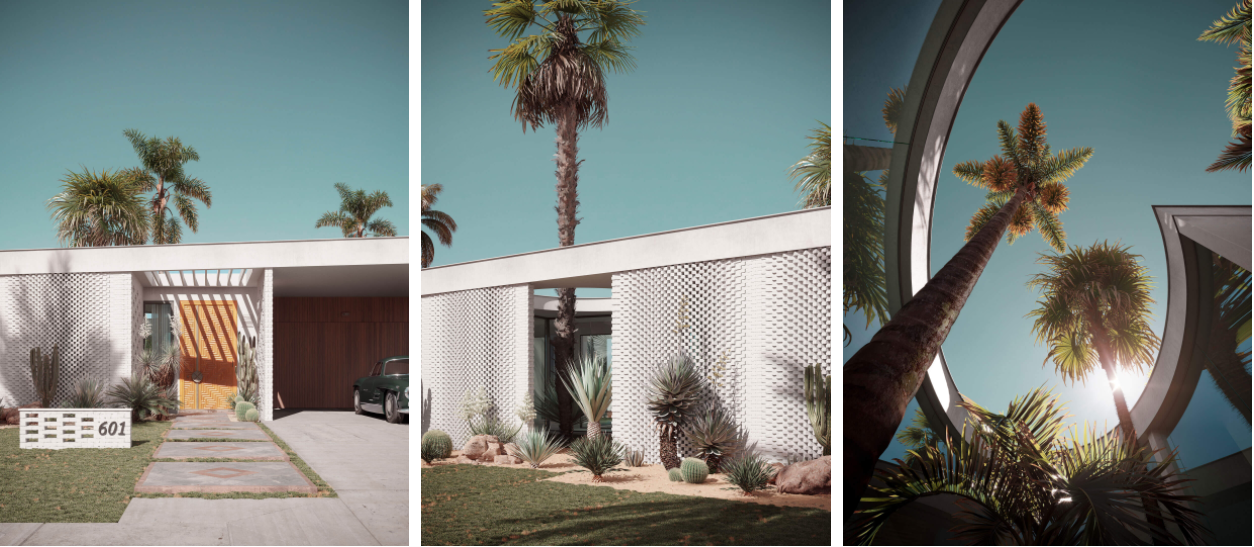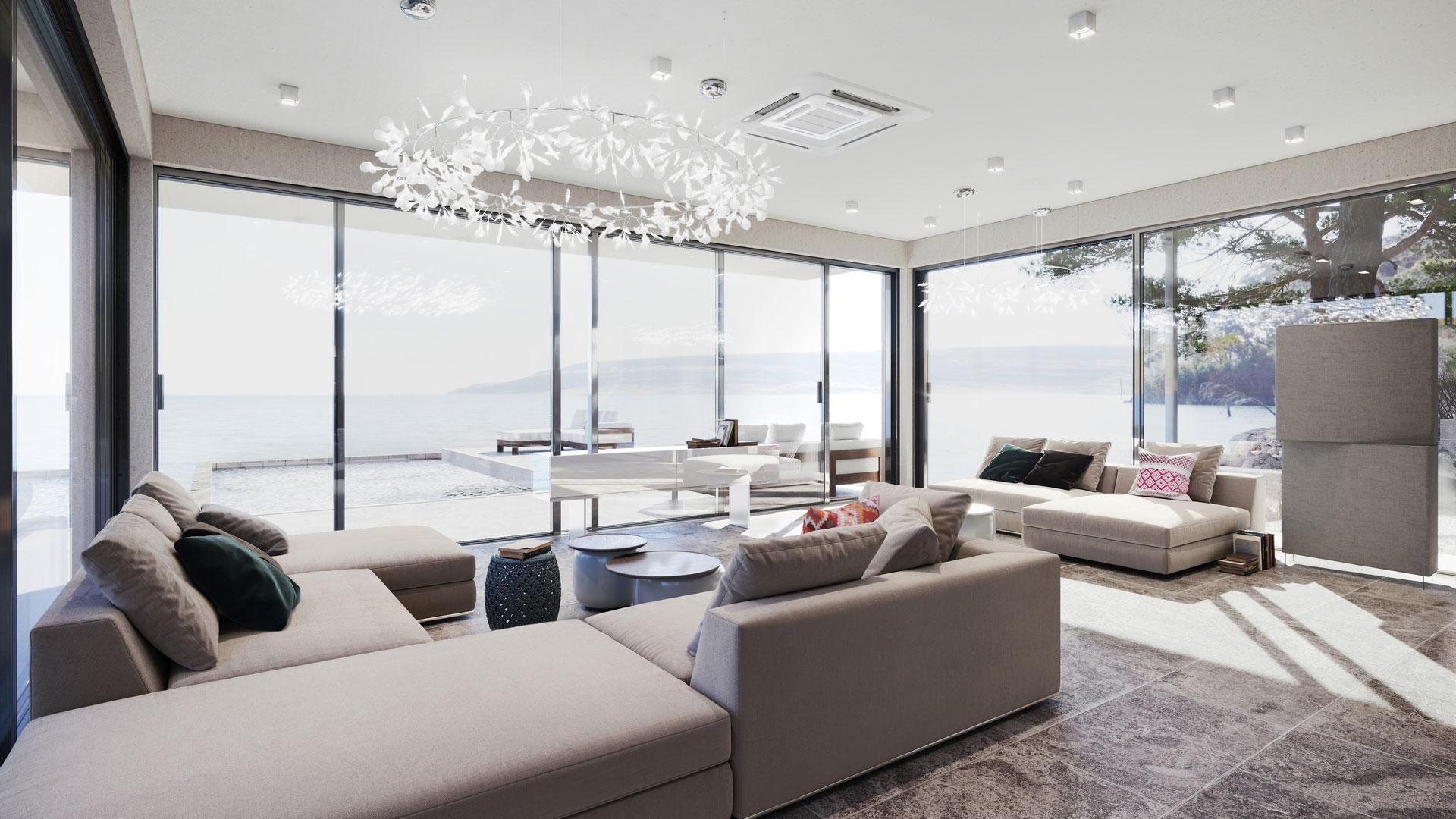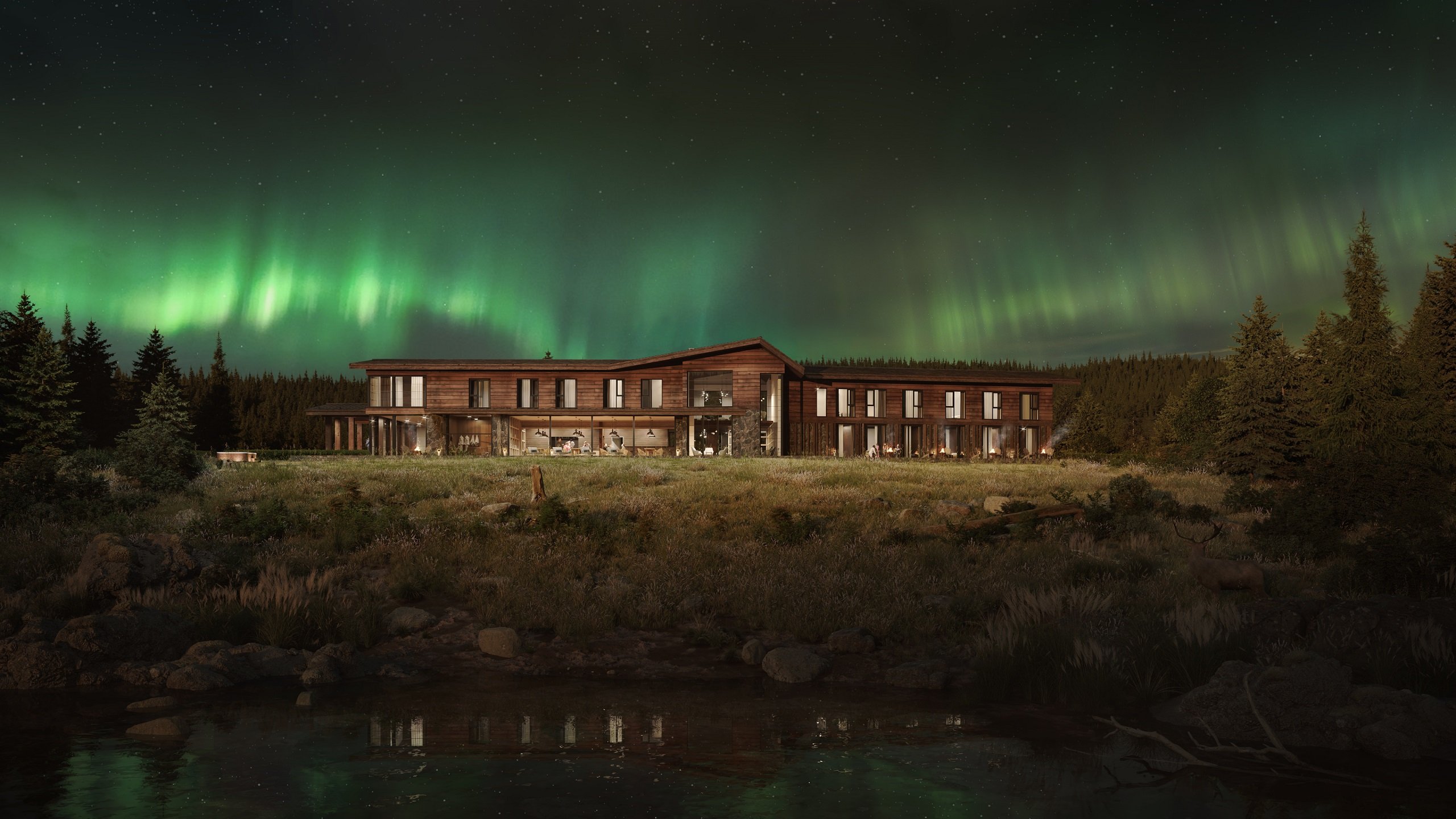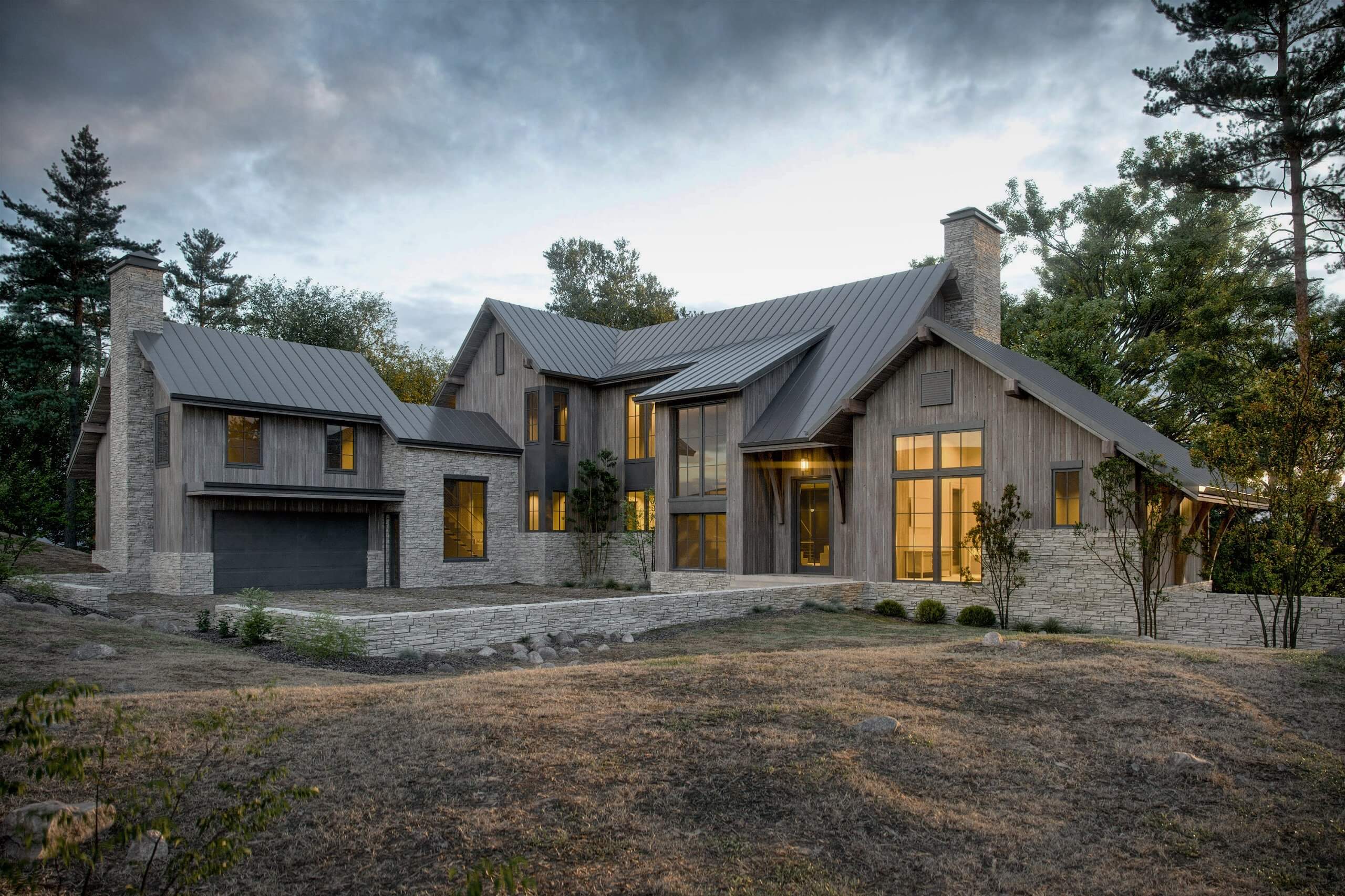Architectural renders need utter precision. It involves at the same time the end customer, 3D artist, designer and architect. 3D artist happens to be the last link in this chain, so the information he gets can sometimes be distorted or insufficient, and he will have to invent the details by himself. If 3D artist doesn’t understand what he must do, he’s unlikely to create architectural renders that the customer will be satisfied with.
And what will be the result of such approach to ordering a render? It might just be a disaster. The drawings won’t be ready on time, and the architect-designer will be forced to postpone the meeting with the client. For how else can he present his concept, if the render doesn’t reflect it accurately? He might also need to assign an additional meeting to get more details on these drawings. Obviously, he missed the deadline, and this will not make the client happy. As a result, the latter may ask for a discount or even cancel the order altogether.
Furthermore, unfinished or faulty architectural renders won’t have a positive impact on the architect’s reputation. Customers often share their experience with friends and colleagues, so a project failed once can not only produce a negative impression on the current client, but to scare away some potential ones as well.
How is it possible to get the perfect architectural renders from the first time?
A well-written Technical Assignment can do that!
Writing a comprehensive technical assignment can help to avoid lots of problems during the working process and get top-notch 3D architectural visualization within the shortest possible time. Therefore, it will ensure about 50% of success of the project and save your money when seeking professional 3D modeling services.
Rendering process: cost of mistakes

Let’s take a look at this issue from the point of view of a 3D artist. In order to make changes in 3D model, he needs to spend more time. So it’s little wonder that the artist will charge extra for the additional work. Most noteworthy, the project will have to be re-rendered. No big deal if our, say, architectural renders consist of one view, as it will take only a couple of hours. But what if it consists of 20 views? Re-rendering might then take from a few days to a few weeks.
Moreover, all renders must undergo the post-production phase. Despite the efforts of the 3D artist to get the best quality picture possible right after the rendering, in most cases, it will require further work in the graphic editor.
So, what is the right way to submit the Technical Assignment? What should we include and what could be omitted and left to the visualizer?
Let’s look at some typical tasks for architectural 3D visualization – interior renders and exterior renders.
#1. Interior visualization

To create 3D interior renderings, one needs to know the functional zoning of the building, as well as get some references to understand the style.
It goes without saying, each customer has their own vision of a “classical interior”, for example. To translate this particular vision into a design, the artist needs to speak the same language his client does, which can be achieved through the images. They are examples of what the client means and wants to get in the renders. Most noteworthy, references will help the 3D artist to feel and capture the atmosphere of the premises.
For that purpose, ArchiCGI provides clients with access to our previously completed projects, and there are more than 5000 of them. The designer can easily select the appropriate reference for her new masterpiece. Also, the designer can easily pick the furniture and decor items from our 3D library and thus reduce the cost of the project. At the moment, our library has more than 35,000 items.
Oftentimes, the customer or designer already has some of the furniture or decor that’ll be used in the design. In this case, ArchiCGI recommends finding similar models in the library or order the creation of an individual 3D model of a specific furniture item as a part of interior visualisation services.
As a result, both designer and end customer are likely to get the dream interior renders they expect.
#2. Exterior visualization

Architectural exterior rendering is often much more complicated than the interior one, so naturally, it requires a more detailed technical assignment. This way, it’s in your best interest to ensure it includes the following:
- Environment. If you want your 3D exterior visualizations to show the building in a specific environment, it would be helpful to send the master plan of the territory. If it doesn’t matter, you can leave the choice of the environment to the performer.
- Facade Elevation.
- Roof plan.
- The floor plan of the building.
- Drawings of complex assemblies.
- Finishing materials and style examples.
This information will allow creating ideal 3D architectural renders from the beginning to the end without any problems and within the shortest possible time.
Ensure your exterior design project leaves a lasting impression and takes your clients’ breath away with stunning visuals.
Based on this, you can create a comprehensive Technical Assignment for a 3D visualizer and get outstanding architectural renders. However, keep in mind that if you have any materials that the 3D artist must be acquainted with, you need to send them with the assignment. If the designer or architect already has developments of some kind, for instance, a handmade sketch of the exterior or a moodboard, or even a preliminary 3D model, the 3D artist needs to see them. Furthermore, to complete any task, the 3D visualizer needs to know the number of views, their resolution, and the type of lighting.
Get your project estimated in just 1 hour - fill out this brief!
All of the above will reduce the time of work on the project. Moreover, it might even decrease the total cost of 3D modeling process.
We will gladly help you with CGI services! Our highly qualified team of support will tell you at the stage of the task setting what information may help.
We wish you high quality renders and utterly interesting projects!

Chris Kostanets
Senior Project Manager, Mentor
Chris manages the work of 2 CGI teams and teaches Middle PMs. She loves Scottish landscapes, Ancient Greek culture, and Plein-air painting. At home, Chris is a caring parent for 3 cute chickens and a magnificent rooster.



